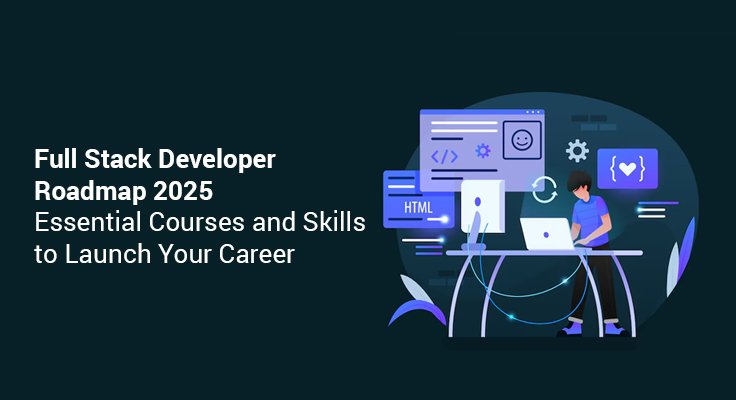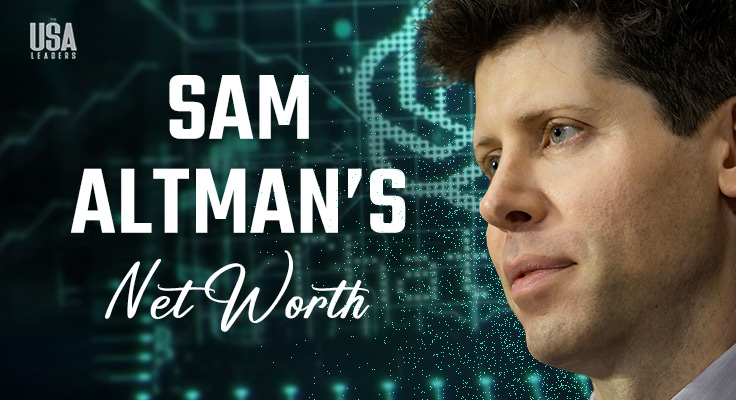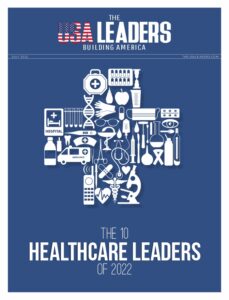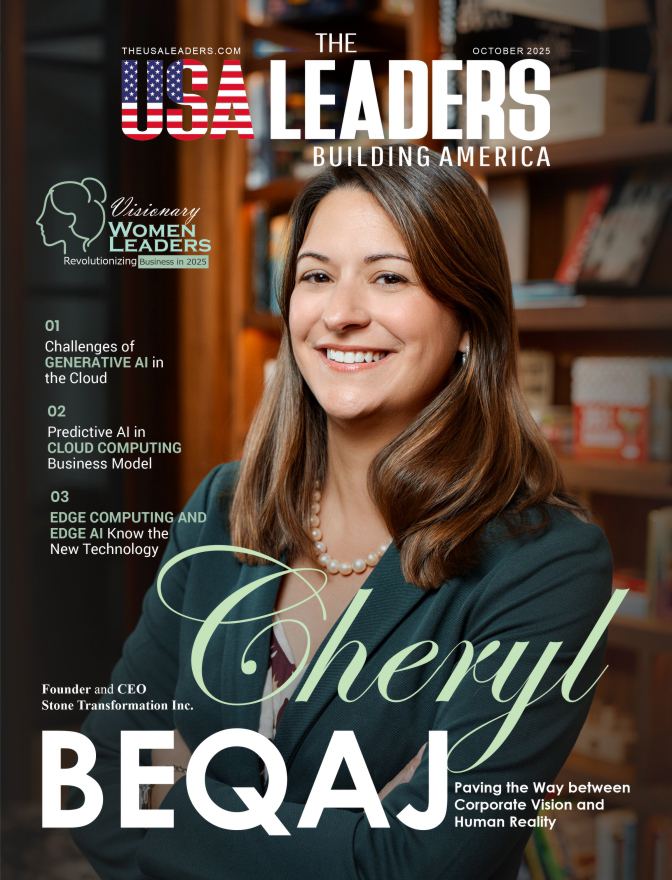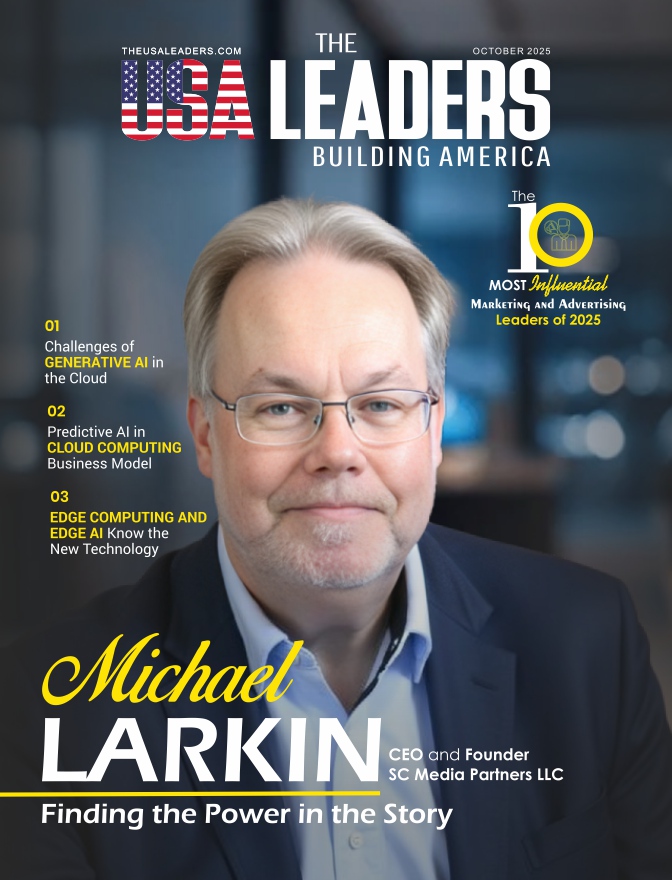In the business world, where both frontend and backend development is required, the full stack developer is becoming increasingly common. The full stack developer in will need to be yet even more versatile, however adaptable and ready to learn by 2025. If you are someone who has recently graduated, currently studying, or working full time and hope to up skill, this roadmap will provide you with a clear pathway to full stack developer courses, skills, and steps you need to take to become a full stack developer!
Understand the Role of a Full Stack Developer
A full stack developer is someone who is comfortable working on both frontend (user interface) and backend (serverside) of web applications. Their responsibilities include:
- Creating and building userfriendly interfaces.
- Developing and maintaining all server-side logic and databases relatively.
- Maintaining smooth communication between the frontend and backend
- To debug, test, and deploy applications.
Researching about it will help you understand if this career path suits your interests and goals.
Learn the Fundamentals of Web Development
Before diving into advanced topics, it’s crucial to master the basics of web development. Start with the following:
a) HTML and CSS
HTML: Learn to structure web pages using tags, elements, and attributes.
CSS: Understand how to style web pages, including layouts, colors, and fonts.
b) JavaScript
JavaScript is the backbone of frontend development. Learn to add interactivity to web pages, handle events, and manipulate the DOM.
c) Version Control (Git)
Learn to use Git for version control and collaborate on projects using platforms like GitHub.
Master FrontEnd Development
Frontend development focuses on creating the user interface and ensuring a seamless user experience. Here’s what you need to learn:
a) FrontEnd Frameworks
React.js: A popular JavaScript library for building dynamic user interfaces.
Angular: A robust framework for building scalable web applications.
Vue.js: A lightweight and flexible framework for modern web development.
b) Responsive Design
Learn to create websites that work seamlessly across devices using frameworks like Bootstrap or Tailwind CSS.
c) Web Performance Optimization
Understand techniques to improve website speed and performance, such as lazy loading and code splitting.
Dive into BackEnd Development
Backend development involves building the serverside logic, databases, and APIs that power web applications. Key skills include:
a) Programming Languages
Node.js: A JavaScript runtime for building scalable backend applications.
Python: Known for its simplicity and versatility, often used with frameworks like Django or Flask.
Java: A robust language for building enterpriselevel applications.
b) Databases
Learn to work with SQL databases (e.g., MySQL, PostgreSQL) and NoSQL databases (e.g., MongoDB).
c) APIs
Understand how to create and consume RESTful APIs and GraphQL.
Enroll in Full Stack Courses
Structured learning is essential to build a strong foundation. Enroll in full stack courses that cover both frontend and backend development. Look for courses that offer:
- Comprehensive curricula covering HTML, CSS, JavaScript, frameworks, and databases.
- Hands On projects to build real world applications.
- Certifications to enhance your resume.
Some popular platforms offering full stack courses include:
- Coursera: Provides the Full Stack Web Development Specialization, etc.
- Udemy: Some courses are low-cost, like The Complete 2024 Web Development Bootcamp.
- edX: Offers programs from schools such as Harvard and MIT.
- freeCodeCamp: A free platform offering a full stack development curriculum.
Take Coding Courses to Sharpen Your Skills
The key of full stack development is coding. Take coding classes to sharpen your programming and problem solving skills. Focus on:
- Data Structures and algorithms: will help you Write more efficient code.
- ObjectOriented Programming (OOP): For writing modular reusable code
- Debugging and Testing: Learn how to work through bugs in your code.
Use dedicated coding practice platforms such as LeetCode, HackerRank, Codecademy, etc.
Build a Portfolio
A strong portfolio showcases your skills and helps you stand out to potential employers. Here’s how to build one:
- Do RealWorld Projects: Websites like ecommerce, blogging platforms or task managers.
- Host Your Code On GitHub: This is where you can show everything your coding skills.
- Log Your Progress: Detail the tools used, challenges confronted, and the resolutions made.
Include your portfolio in your resume and LinkedIn profile to attract recruiters.
Gain Practical Experience
Practical experience is crucial for mastering full stack development. Here’s how to gain it:
- Internships: Get an Internship, experience which you can learn by playing around the company
- Freelancing: Use sites like Upwork or Fiverr to find gigs.
- Contributing to Open Source: You can contribute yourself to open source projects where you can code with the other developers and make your skills more strong.
Stay Updated with Industry Trends
The tech industry evolves rapidly, and staying updated is essential. Here’s how to keep up:
- Follow blogs like Smashing Magazine, CSSTricks, and Dev.to.
- Subscribe to newsletters like JavaScript Weekly and Node Weekly.
- Participate in online communities like Stack Overflow and Reddit’s r/webdev.
Apply for Full Stack Developer Roles
Once you’ve built your skills and portfolio, start applying for full stack developer roles. Tailor your resume to highlight:
- Your technical skills (e.g., React, Node.js, MongoDB).
- Relevant projects and certifications.
- Any practical experience or internships.
Use job boards like LinkedIn, Indeed, and Glassdoor to find openings.
Continuously Upskill
The learning doesn’t stop once you land a job. To stay competitive, consider:
- Learning advanced topics like cloud computing (AWS, Azure) and DevOps.
- Exploring new frameworks and libraries.
- Pursuing advanced coding courses to deepen your expertise.
Conclusion
It is possible to become a full stack developer by 2025 as long as you have the right roadmap. Learn the skills mentioned here, complete full stack courses, and coding courses to have a great start to your career. Land opportunities in this highly dynamic job market by working on real world projects, experimenting with other types of machine learning or neural networks, and staying up to date with the key trends. So if you’re on this path, do keep practicing and learning, you’ll be a full stack developer in no time!
Also Read: Mastering Math with UpStudy: Tools for Students & Developers


